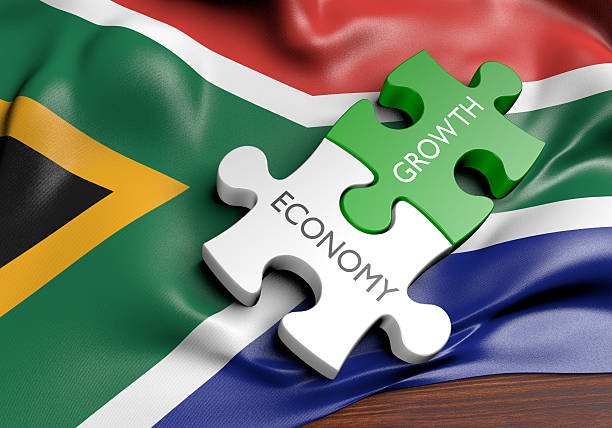How Do Imported Goods Contribute to Spiralling Inflation in South Africa?
Skip to content
Skip to footer
How Do Imported Goods Contribute to Spiralling Inflation in South Africa?
How Do Imported Goods Contribute to Spiralling Inflation in South Africa?

